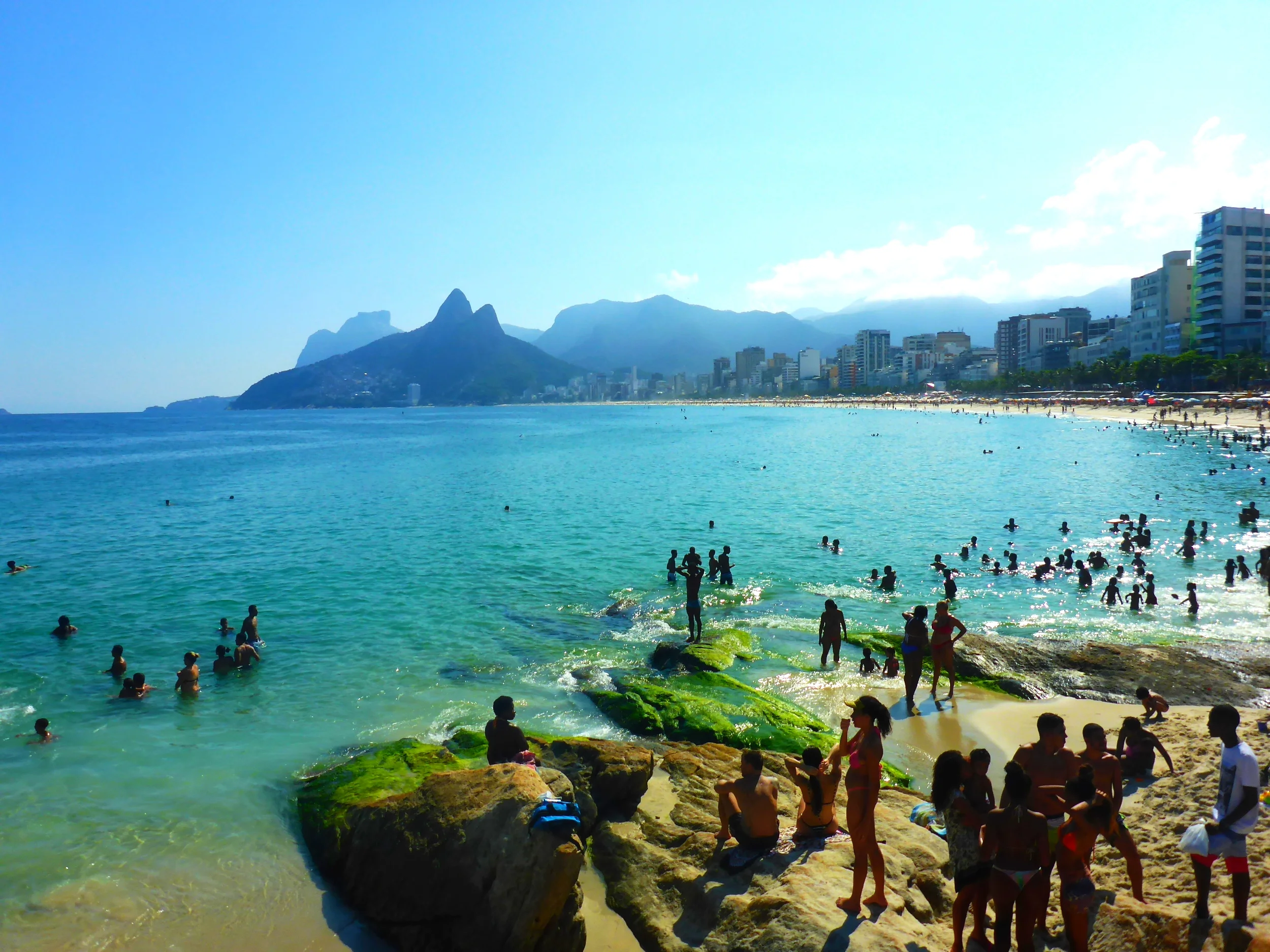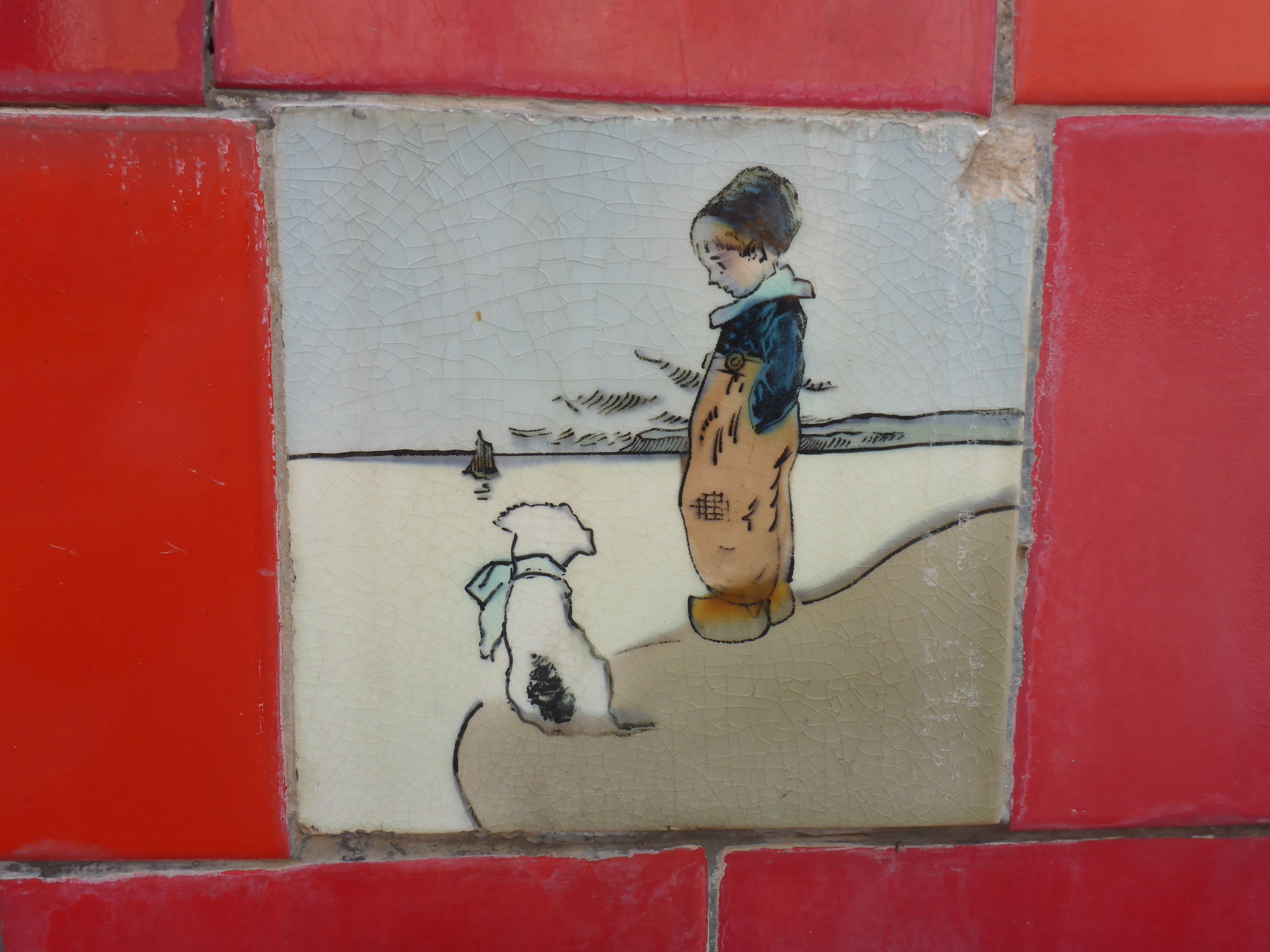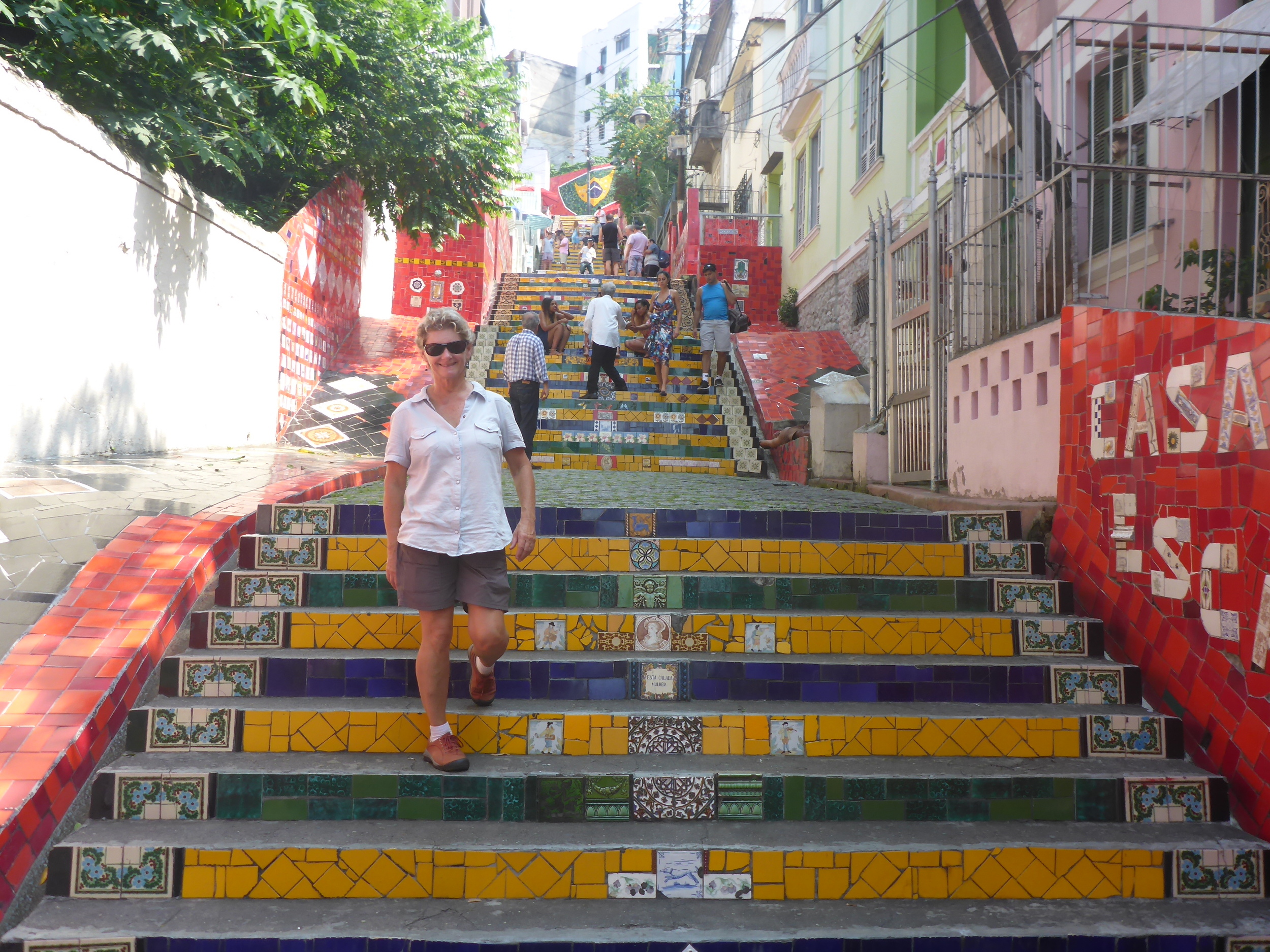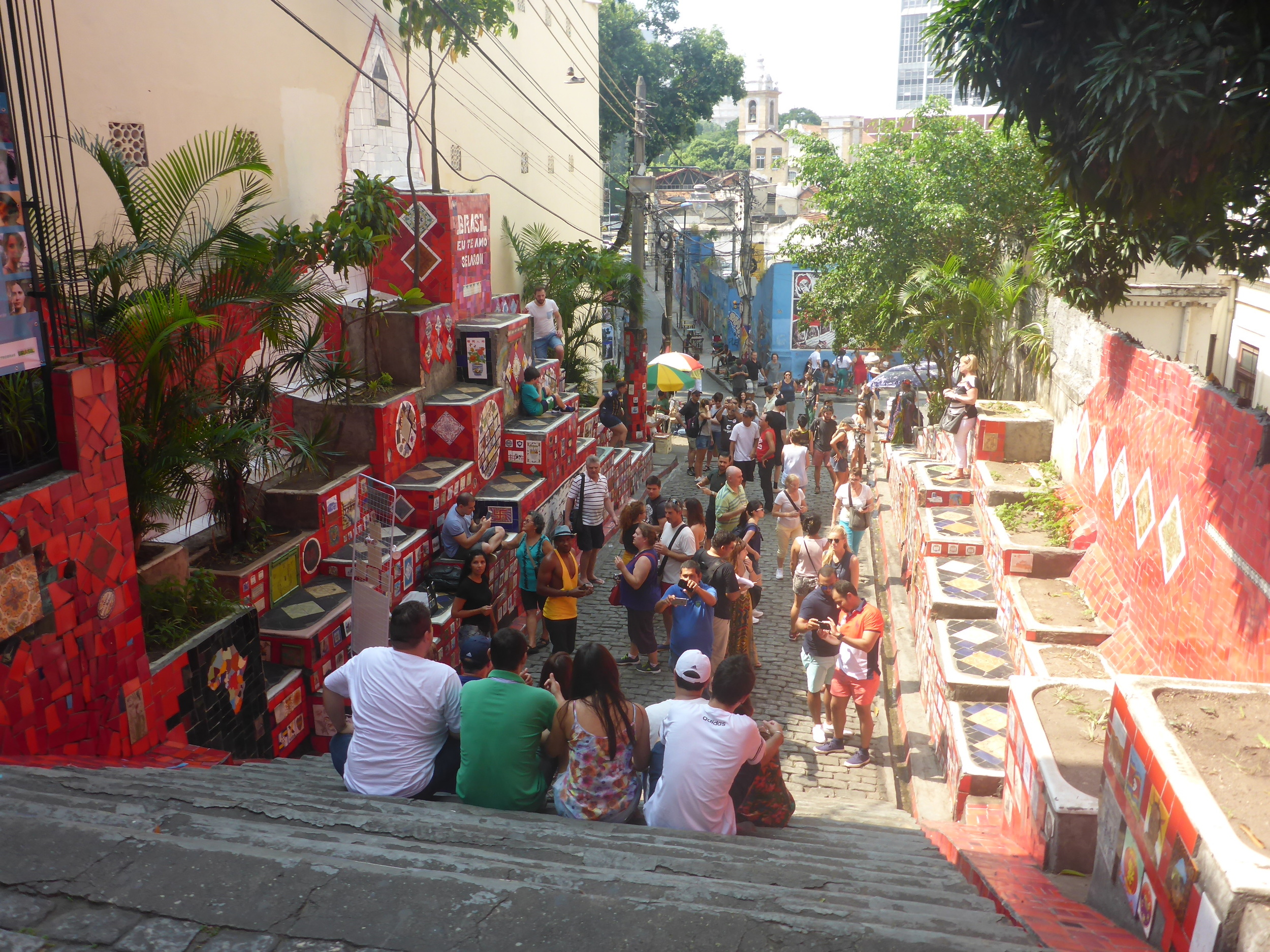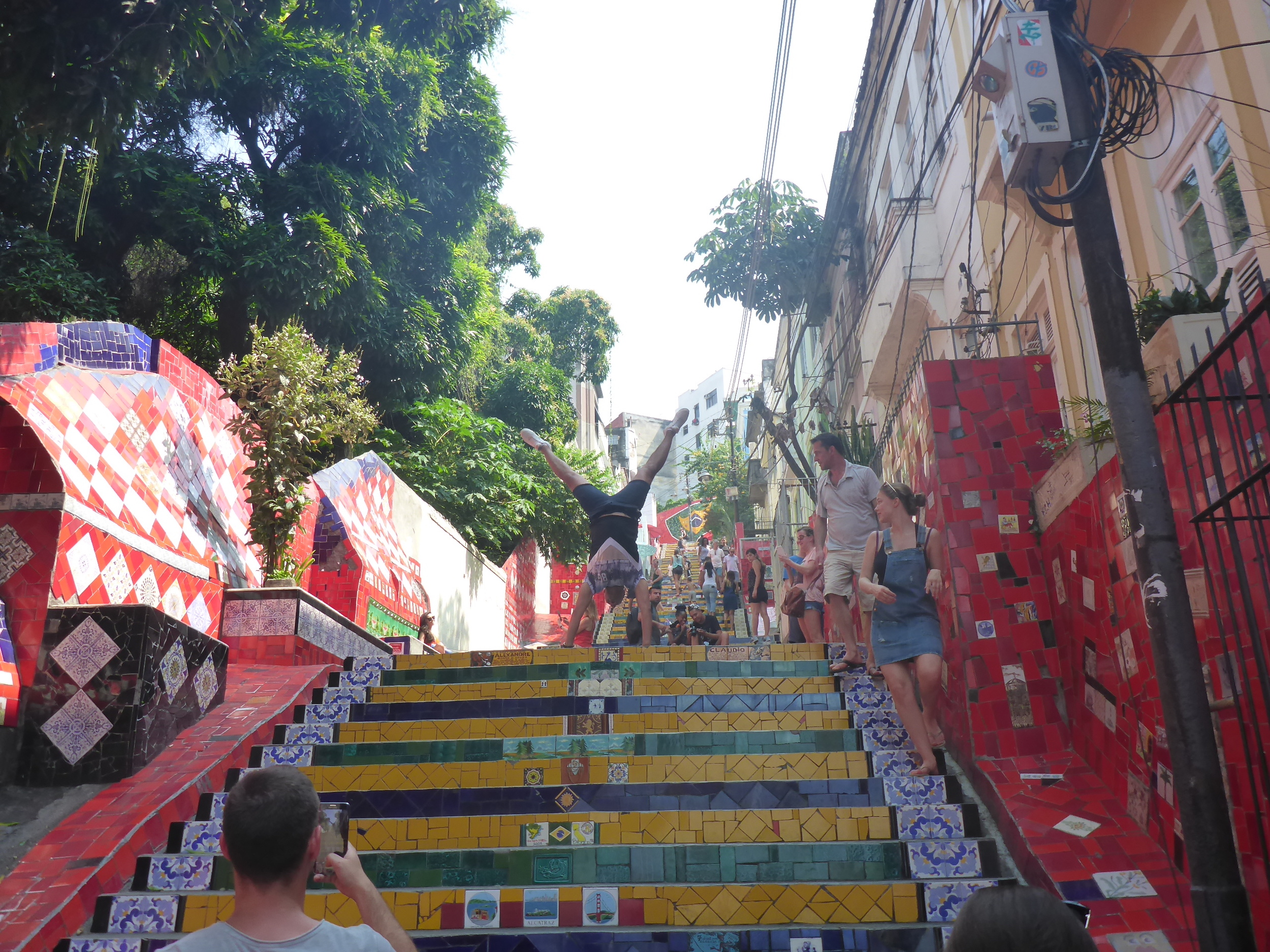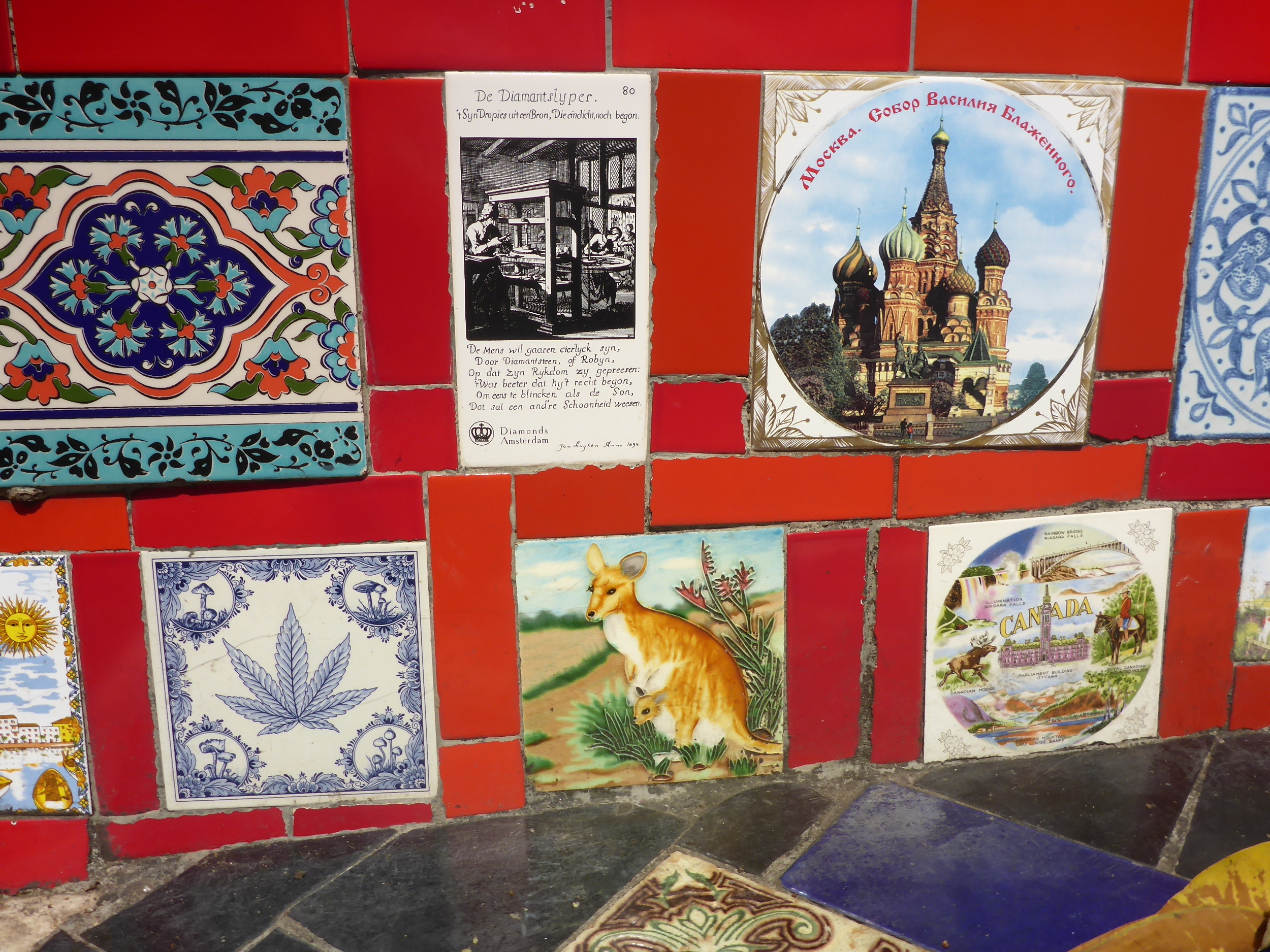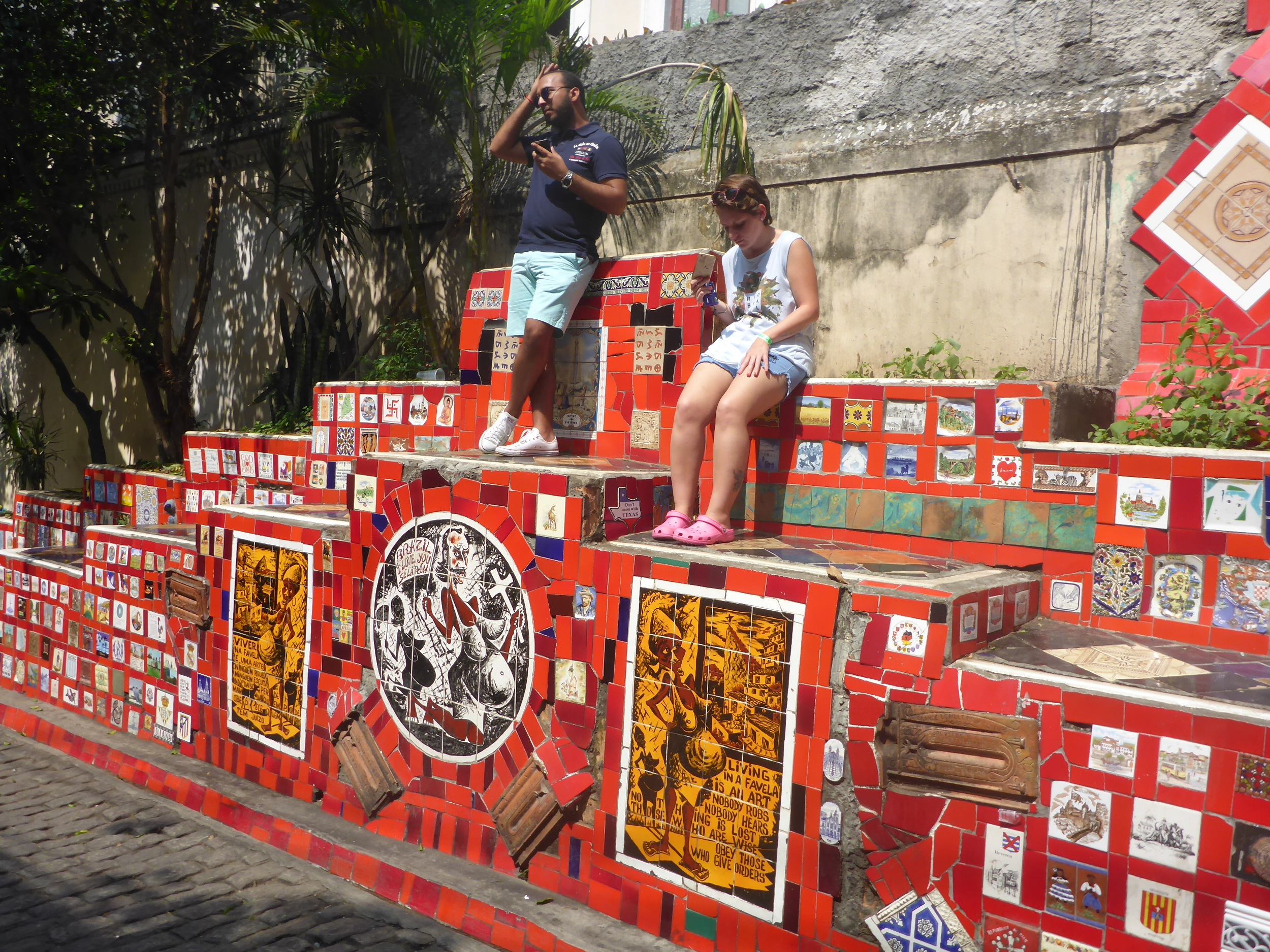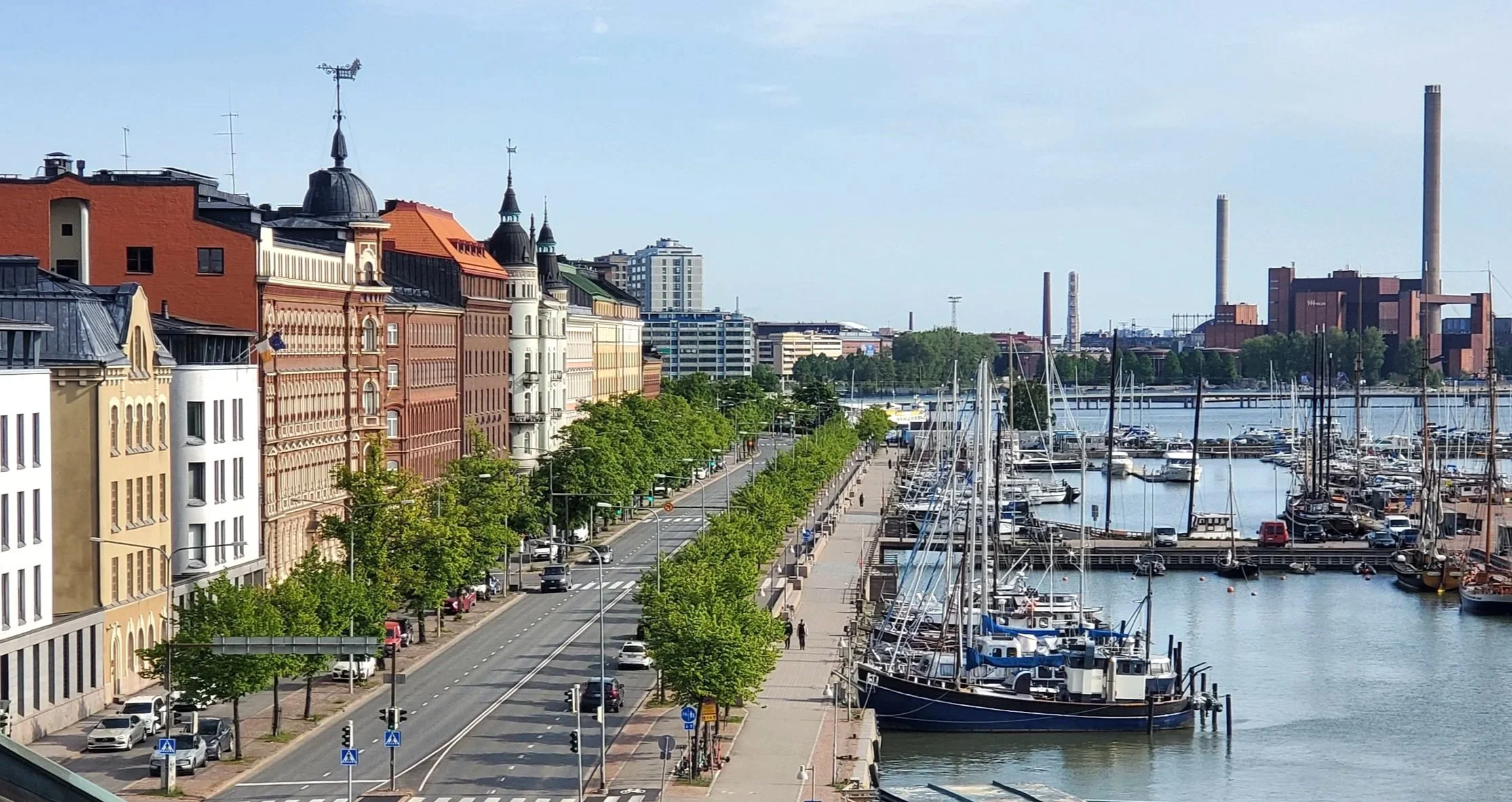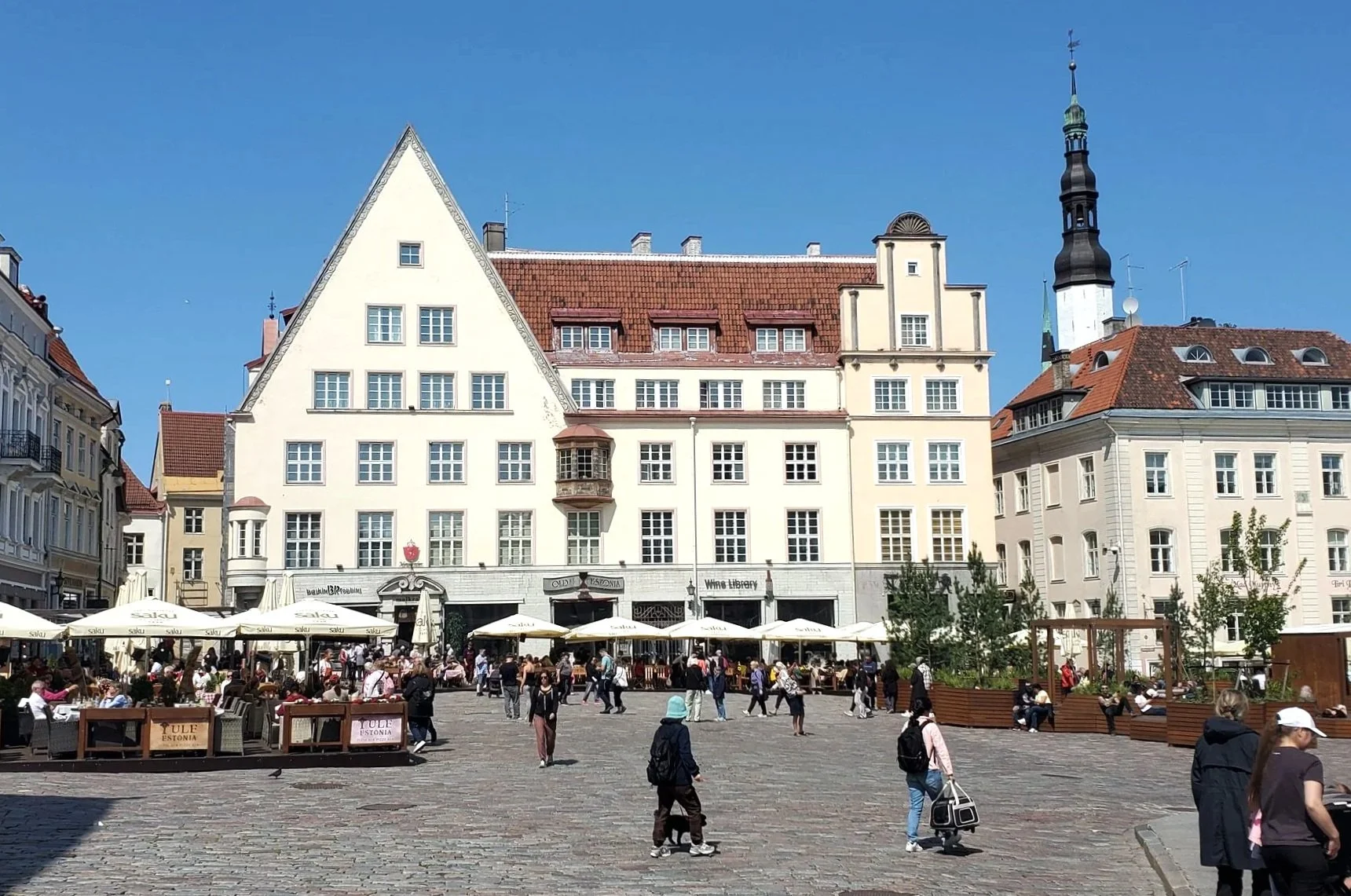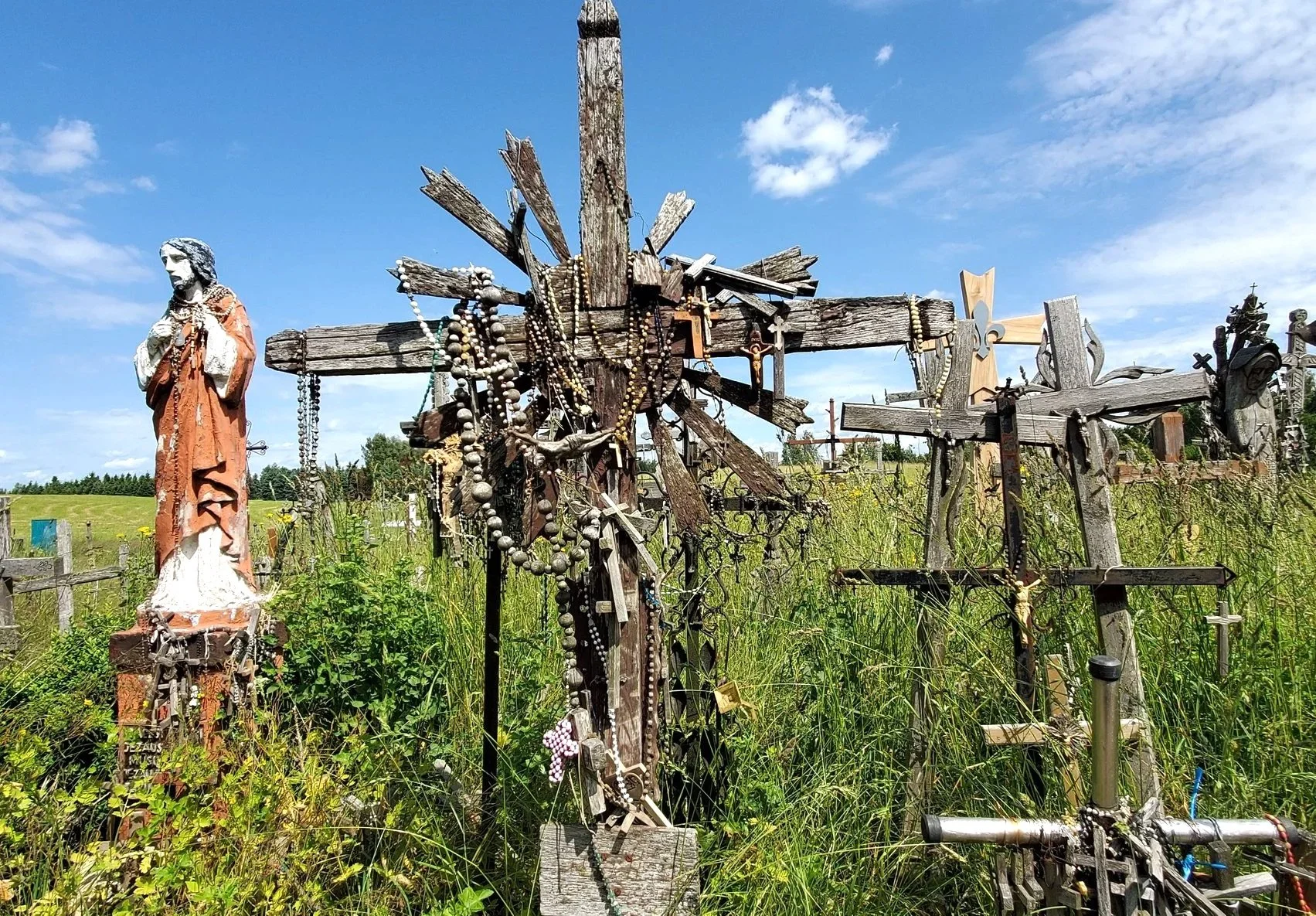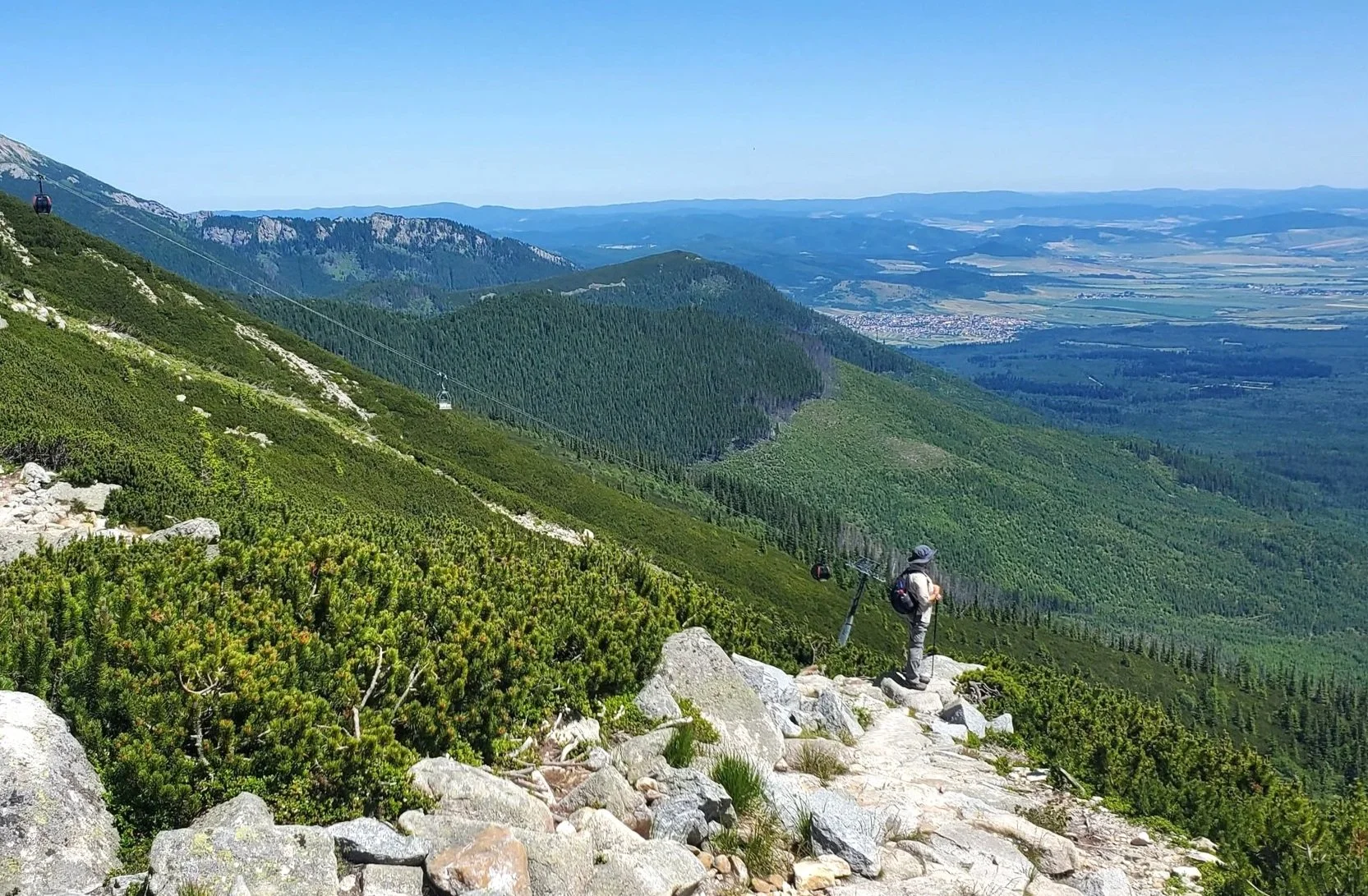Best of Brazil - Part 2
/woman in Candomble costume - pelourinho, salvador
In Best Of Brazil - Part 1 we visited the south of the country - Florianopolis, Curitiba and the state of Minas Gerais, which lies between Belo Horizonte and Rio de Janiero.
In Part 2 we start in Rio, head north to Salvador and finish our Brazilian trip in the Amazonian city of Manaus. Here's what happened.
Rio de Janiero
We were lucky enough to visit Rio with Alex and Zac in 2007/8. We arrived on New Year's Eve and saw in 2008 by watching the most amazing fireworks display on Copacabana beach (sorry Sydney, we've been to both and Rio wins). We also went up Corcovado mountain to visit Cristo (Christ the Redemer statue), rode the cable car up Sugarloaf Mountain (Pao de Azucar), and spent the rest of the time on either Ipanema or Copacabana beach.
sugarloaf mountain from botafogo beach
For this visit we opted for a mix of the new and the nostalgic. We only had 3 nights so decided to stay in a different part of town to Ipanema where we were the first time. We picked a hotel in Botafogo. Botafogo has it's own small beach and is close to Sugarloaf Mountain. It's also only a short metro ride to Copa and Ipanema. It turned out to be safe and a reasonable location but it certainly didn't have the vibe of Copa or Ipanema.
all aboard the bondinho
On our first full day we took a trip to Santa Teresa, which is a bohemian, artsy, gentrifying suburb in the hills above the central part of Rio. A tram (bondinho) ran up the hill from the coast for over 100 years until a derailment killed 5 people in 2011. In 2014, after much repair work and new carriages, it was relaunched.
When we took the 20-30 minute ride it was free. It was not yet running the full distance and we think that the free fare is a confidence building measure to get people using it again.
The cobblestoned streets of Santa Teresa and colourful graffitied walls and cafes make for a pleasant stroll (albeit Rio is usually hot).
Close to the bottom of the Santa Teresa hill lies the Escalaria Selaron (Selaron Steps).
These incredibly colourful steps are made up of over 2000 tiles from 120 countries and were the work of Chilean artist Selaron.
He died at the base of the steps in 2012 seemingly having set himself alight. It's free and worth the effort to get there.
The Bondinho crosses the old aqueduct at the beginning of it's run, which is near to the Selaron steps
On our second day we opted for some nostalgia, with a visit first to Ipanema Beach, then after a lot of soaking up of the sun and numerous dunks in the sea, we walked the promenade and cut through to Copacabana, where we repeated our formula from Ipanema.
Ipanema beach
It was a hot Sunday and it seemed like half of Rio was on the beach enjoying themselves.
The fact is that we've barely scratched the surface of what Rio has to offer in our two short visits but what we have experienced so far has been great.
copacobana
Salvador
A couple of hours plane ride north of Rio is Salvador, our next stop. Salvador is famous for it's Carnival (second only to Rio) and it's strong African roots, dating from the days of slavery. It also has a reputation nowadays as a dangerous city if you are in the wrong place. Many Brazilians warned us to be careful in Salvador before we went, even some who were from Salvador.
largo do Pelourinho - the site of the original Pelourinho (whipping post)
The historic central part of the city is called the Pelourinho (which means whipping post, as it's where the slaves were bought, sold and whipped). Nowadays it's tourist central with a very obvious large police presence. As long as you stay within the confines of the Pelourinho you should be ok.
catedral basilica
We had 2 nights in Salvador before we were due to travel inland to Lencois to visit the Chapada Diamantina National Park, so we were happy to just wander the Pelourinho, visit the churches and museums (the Afrobrazilian Museum is particularly fascinating and worthwhile). Not to be missed are the 27 intricately carved wooden panels representing the Candomble religion's orixas (gods) by the artist Carybé.
six of the Carybé panels in the afrobrazilian museum
part of one of Carybé's panels
There are also plenty of restaurants and bars in the area.
inside Igreja Sao Francisco, pelourinho
An 18th century ascensor (lift) has been restored and provides an easy means of moving between the Pelourinho (which is elevated) and the Cidade Baixa (Lower city).
the ascensor - elevador lacerda and mercado modelo below
At the base of the ascensor is the Modelo Mercado (tourist market).
ascensor by night
Salvador and Bahia state (Salvador is the capital) is also famous for the candomble religion – mix of African and catholic beliefs. Numerous canomble dressed ladies (ie dressed as various candomble orixas or “gods”) walk the streets and are keen to pose for photos with tourists (for a small fee).
some tourists can't resist a good photo op.
shop, praca de se, Pelourinho
The regional Bahia cuisine is also worth sampling. We recommend Axego Restaurant which is just off the main square in Rua Joao de Dues, 01. Try the seafood moqueca if you get the chance. They also make excellent caiprinihas.
sunset - café beside the ascensor
Parque Nacional da Chapada Diamantina
Parque Nacional da Chapada Diamantina is a 1520 sq kms national park 400 kms to the west of the Salvador. It is famous for it's spectacular mountains, stunning waterfalls, limestone caves and thick forest. It attracts many Brazilian and international travellers who come to trek in the park.
We had 3 days/4 nights there and got a brief but very worthwhile taste of Chapada Diamantina. We were so impressed that we've done a separate blog post on the park. Click here if you want to know more.
mosquito falls - chapada diamantina
The Amazon (well, a little bit of it)
From Salvador we flew to Manaus, gateway to the Amazon, ready for a jungle experience. We had researched an indigenous tour group, Amazonas Indian Turismo and they sounded good. They collected us from our hotel in Manaus and took us to the local bus station. After a three hour ride into the jungle, to the town of Lindoia, we were met by the woman who was our guide. We were the only turistas, so it would be a very personal experience.
celestina
Our guide and hostess, Celestina was an indigenous woman who had grown up in the area. She had been to school, loved studying, was encouraged by her father and went on to learn English. She had a vast knowledge of the area and the plants and animals and indigenous life.
heading off
There were two things that we really wanted to see on this trip, but thought we would probably not be lucky enough to see: a pink Amazonian dolphin and an anaconda.
We left Lindoia by boat and had not been going even half an hour when we saw two pink dolphins, so exciting. They swam about for a while then swam off. They were close enough and surfaced high enough to clearly see their deep pink flanks, which fades to pale pink bellies.
We continued on for an hour and a half, down the river, past a strange island believed to be haunted, through a passage in between the trees and landed on the bank and were welcomed to Celestina's home.
She and her husband, Claudio live in the jungle in a small clearing on the bank of the Urubu River, a tributary of the Amazon. They have two small huts, a vegetable garden, some chickens and a bossy parrot who has adopted them. All access is by boat: a cross between a dingy and a traditional canoe with a tiny outboard. No electricity.
We were shown how to put up our hammocks in one of the huts, all local materials, no walls, woven palm fronds roof, earth floor.
We went for a walk around the small clearing. Just in the trees by the water, we saw something pale and long draped over a log. We carefully walked towards it, thinking it looked a bit snake like. It was a freshly killed three metre anaconda. It had had it's heart and lungs ripped out, ribs opened wide, but the rest was intact. We were curious as to what had done this, bothering to kill an anaconda, eat a small part and yet leave all the rest of the meal. We asked Celestina and she said she was not sure, but maybe an alligator. She said three metres was a baby anaconda . Then as we looked amazed, she said 'you are in the Amazon'. A good reminder. This is not a holiday camp with a controlled environment. If we had wanted a genuine experience, this was it.
the dead anacondaa
In the afternoon we went Piranha fishing. Plenty of nibbles but Cally landed the sole piranha, which ended up on the evening's dinner menu.
one less piranha to worry about
After a pleasant fish dinner (Claudio had more success than us with his afternoon fishing efforts) we went alligator (caiman) spotting. It was a surreal experience to glide through amongst the mangroves and semi submerged trees at night with only a couple of flashlights to guide us and Claudio's deft hand on the paddle.
rio urubu
Later, back at camp, Celestina said it is a good idea to use the mosquito nets at night because large spiders have been known to drop out of the thatch onto the hammocks, or people in them. Needless to say we followed her advice.
the jungle is thick and if you don't know what you're doing you will easily get lost
But our first night's accommodation was more luxurious than where we walked to the next day. It was a jungle camp, three and a half hours walk into the deeper forest. It was a hot and sweaty experience. Every inch of our bodies poured water. And we had to be aware of not touching plants without looking carefully because many had painful spines.
The track was narrow and crossed several creeks, using slippery log monkey bridges. We heard different types of monkeys talking about us as we moved through their territory. There were many birds, difficult to see in the jungle, but we did get a clear view of two magnificent blue and red macaws.
easy does it.
There was a mind bending number of different species of trees, palms, ferns, fungi, flowers, vines. And many insects, some far too large for comfort and with a scary colour arrangement that shouted 'poisonous'. It was fascinating and Celestina gave us really interesting information about all the different plants and their uses by indigenous people. The pauses as she spoke also gave us time to catch our breath and quietly drip.
Finally we arrived at the camp and had a glorious shower in a small waterfall. Bliss and such a beautiful setting: ferns, white stones and cool crystal clear water and of course, the jungle.
Night was a noisy affair, spider monkeys, howler monkeys, frogs, crickets, and other unknown noises.
the bush camp
All very close to the tiny camp, us in our hammocks grinning at the amazing experience of being there.
Next morning we retraced our steps to the main camp. After lunch and a dunk in the river (we were assured that there were no crocodiles close to camp at that time of year), it was back in the boat, to town and the bus back to Manaus.
a welcome cooling off
Celestina and Claudio do longer trips. They will tailor trips to your needs. They can be reached through Amazonas Indian Turisma or you can contact them directly through Celestina and Claudio and their agency Traditional Experience Native. We'd recommend the direct contact method at celestinacaetano216@gmail.com Have a look at their YouTube clips here if you want to know more.
we managed to fit in a spot of blow dart practice
In summary: a very challenging walk, serious humidity, uncomfortable to the max, but wonderful and amazing. Blue macaws, wood peckers, anaconda, vultures, pink dolphins, grey dolphins, piranha, monkeys, weird insects like a large blue, red legs and yellow spotted cricket, red army ants running in a column, alligators, huge tarantula nests, worms half a meter long and more.
Throughout, Celestina and Claudio looked after us, cooked great meals, gave such interesting information and gave us confidence in their skills and care. We were very glad that we had chosen to be with indigenous guides.
Manaus
A vast armada of boats provide transport and move goods up and down the mighty amazon with manaus being the biggest port.
The end of our month in Brazil was a day in Manaus after the Amazon trip. Manaus is a big city (1.8 million). Manaus has a central part where a number of interesting sights are found. We visited the Palacete Provincial which is a museum housed in a restored 19th century government palace. Very worthwhile.
palacete provincial
We strolled down to the river (aka THE AMAZON!) and saw the boats that travel the river to various ports touting for passengers. We also visited the Mercado Municipal which is essentially a tourist market.
boats travel to many destinations on the amazon and it's tributaries
The highlights of the day was the visit to the Teatro Amazonas. This is a 19th century Manaus icon, constructed in the days of the rubber boom.
teatro amazonas
Tours are conducted in Portuguese and English and this is included in the modest entry price.
inside teatro amazonas
The theatre is an impressive building and the interesting commentary from the guide really made for great tour, which lasted around an hour.
At the end of our day in Manaus we retreated to our hotel to prepare for the next phase of our trip – Ecuador.
colonial buildings Manaus
Brazil had been a fabulous experience. One month is only enough for a brief taste of some of it's treasures. Definitely a country to put on your 'must visit' list.
Cally and Ken
encontro das aguas - 'meeting of waters' where the rio negro and rio solimoes meet near manaus

